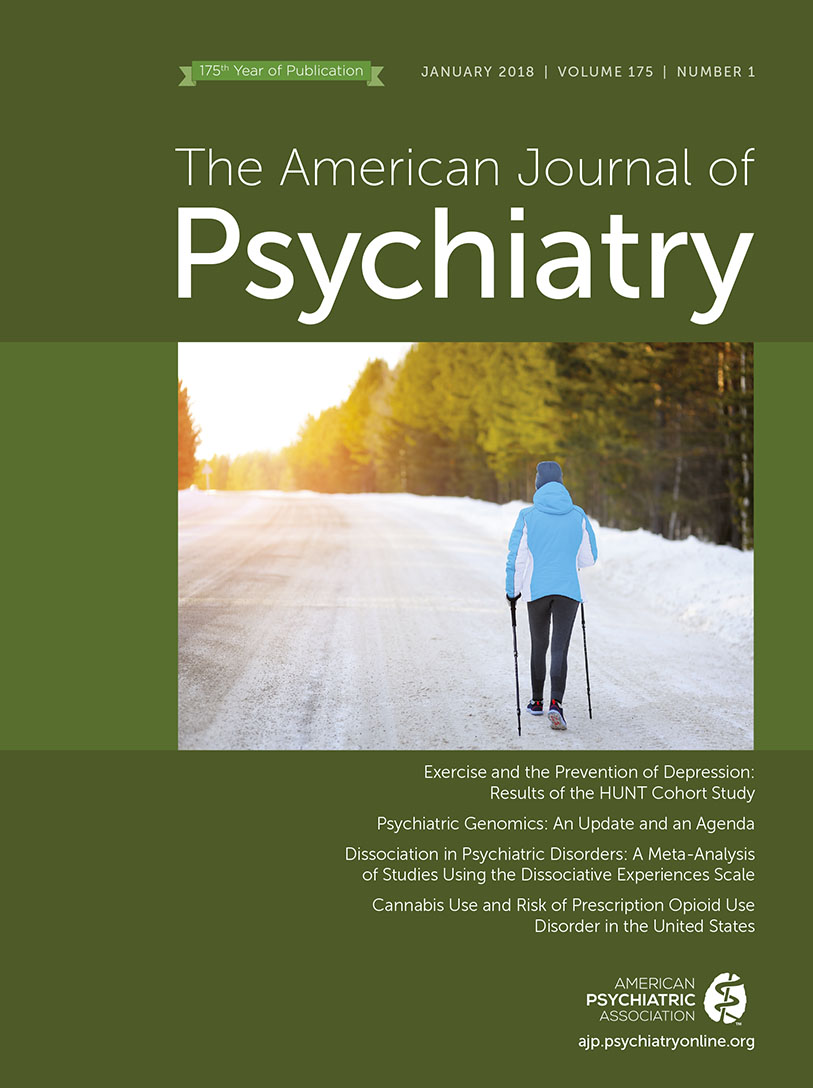More Efforts Needed to Clarify the Effect of Lithium in Bipolar Disorder: Response to Terao et al.
To the Editor: We thank Dr. Terao and colleagues for raising important points about our study (1). They have noticed that the reduced rate of suicide-related events during lithium treatment that we saw in persons with bipolar disorder was in fact not statistically significant in the subgroup of patients with bipolar I disorder. They submit that this detail might be explained by including patients with mixed episodes in this group, and they propose that we rediagnose patients according to DSM-5 using the mixed features specifier and rerun analyses.
Unfortunately, our study was based on national registers that do not have symptom-level data available. This precludes us from rediagnosing patients according to DSM-5. However, we have repeated the analyses for the bipolar I and II subtypes of bipolar disorder while excluding patients diagnosed with mixed episodes according to ICD-10 (F316). The results are shown in Table 1.
| Patient Group | Within-Individual Analysisa | Between-Individual Analysisb | ||
|---|---|---|---|---|
| Hazard Ratio | 95% CI | Hazard Ratio | 95% CI | |
| Any bipolar disorder, excluding patients with mixed episodesc | 0.82 | 0.73–0.93 | 0.80 | 0.72–0.89 |
| Bipolar I disorder, excluding patients with mixed episodes | 0.74 | 0.49–1.11 | 0.73 | 0.55–0.98 |
| Bipolar II disorder, excluding patients with mixed episodes | 0.55 | 0.38–0.80 | 0.73 | 0.53–0.99 |
TABLE 1. Risk of Suicide-Related Events During Periods of Lithium Treatment Compared With Periods Without Lithium Treatment in Patients With Bipolar Disorder Who Have Not Been Diagnosed With a Mixed Episode (2005–2013)
For all patients without mixed episodes, lithium treatment was significantly associated with reduced suicide-related events. And in line with Dr. Terao and colleagues’ suggestion, the effect of lithium on the rate of suicide-related events increased in both bipolar I and bipolar II disorder when patients diagnosed with mixed episodes were excluded (1). However, the association remained nonsignificant for patients with bipolar I disorder. Two points should be noted, however. First, even though the patient register uses ICD-10 codes, many clinicians in Sweden used DSM-IV and translated diagnoses to ICD-10. In addition, DSM-IV requires that the criteria for both depression and mania be met (except the time criterion) in order to diagnose a mixed episode. This means that it is still possible that the bipolar I disorder group contains individuals with mixed features according to DSM-5. Thus, we cannot refute Dr. Terao and colleagues’ suggestion. Future studies using DSM-5 criteria are needed to answer their question. Second, because ICD-10 does not distinguish between bipolar I and bipolar II disorder, we used data from a quality register for the subgroup analyses. This quality register contains only one-third of all Swedish patients with bipolar disorder, which decreases the size of the study sample. Thus, the fact that the results in bipolar I disorder do not reach statistical significance might be a power issue. Therefore, we agree with Terao et al. that more efforts are needed to explore the effect of lithium in preventing suicidal behavior in specific subgroups, where not only the subtype of bipolar disorder is taken into account, but also mixed features.
1 : Suicidal behavior during lithium and valproate treatment: a within-individual 8-year prospective study of 50,000 patients with bipolar disorder. Am J Psychiatry 2017; 174:795–802Link, Google Scholar



